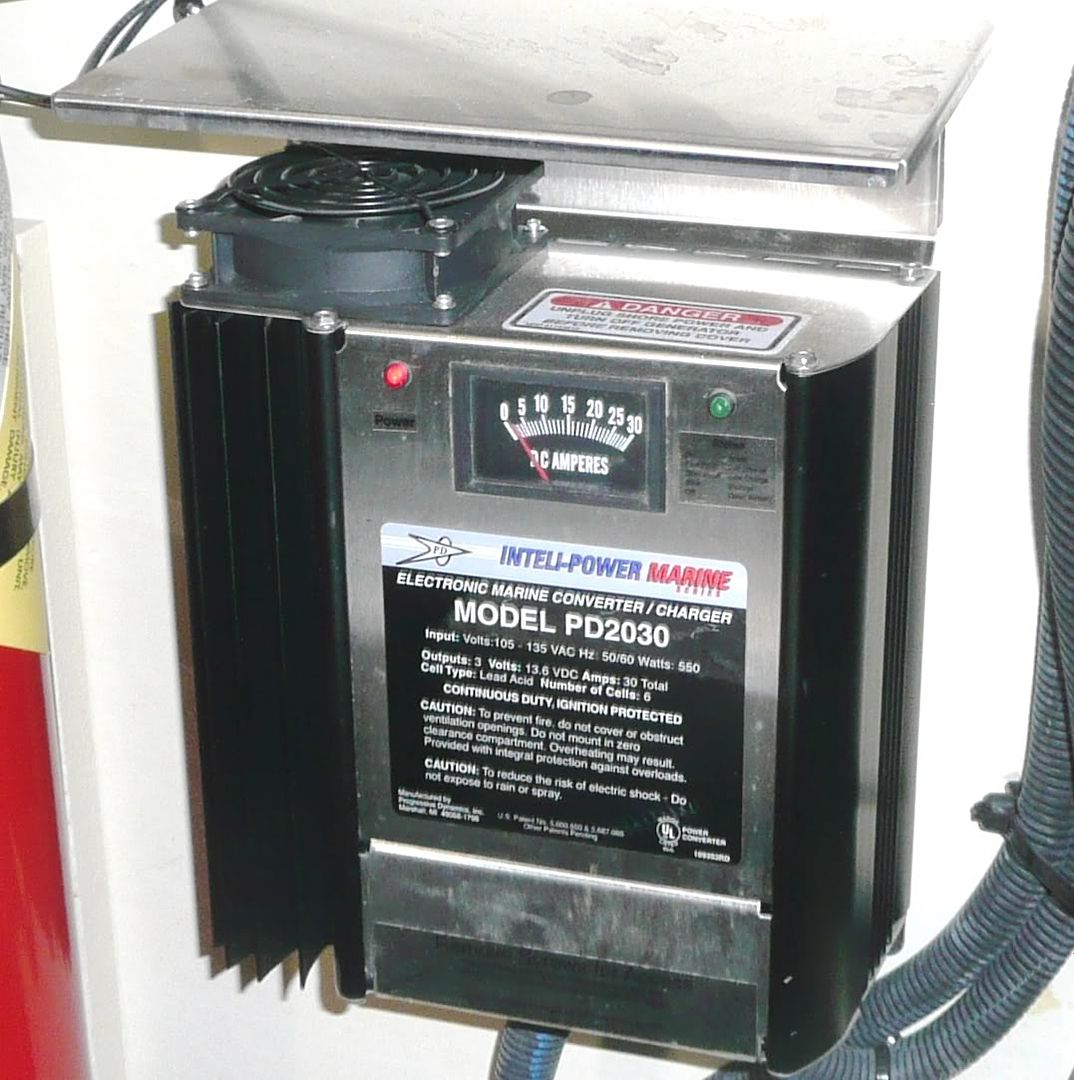Uplate
New Member
- Oct 13, 2008
- 977
- Boat Info
- 1998 Sea Ray Sundancer 310
Westebeke 4KW Generator
- Engines
- Twin 5.7 Mercruiser Carbuerated.
Alpha 1 Drives
As a new Searay owner I am looking for some experiences with this subject.
Previous owner said never leave the AC Converter on for more than two hours or it will burn up batteries..regardless of what the manual says. Said this is common to all Searay boats.
Dock Neighboors say they leave theirs on always while on shore power while another neighboor agrees with previous owner as she burned up all batteries leaving it on.
Manual states the three different levels of the AC converter unit which makes perfect sense. Seems like you can leave it on always.
Comments and experiences very welcome to help save current or reduce future purchases of batteries.
Previous owner said never leave the AC Converter on for more than two hours or it will burn up batteries..regardless of what the manual says. Said this is common to all Searay boats.
Dock Neighboors say they leave theirs on always while on shore power while another neighboor agrees with previous owner as she burned up all batteries leaving it on.
Manual states the three different levels of the AC converter unit which makes perfect sense. Seems like you can leave it on always.
Comments and experiences very welcome to help save current or reduce future purchases of batteries.
Last edited:




